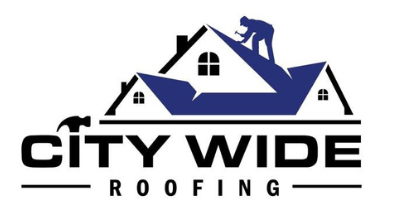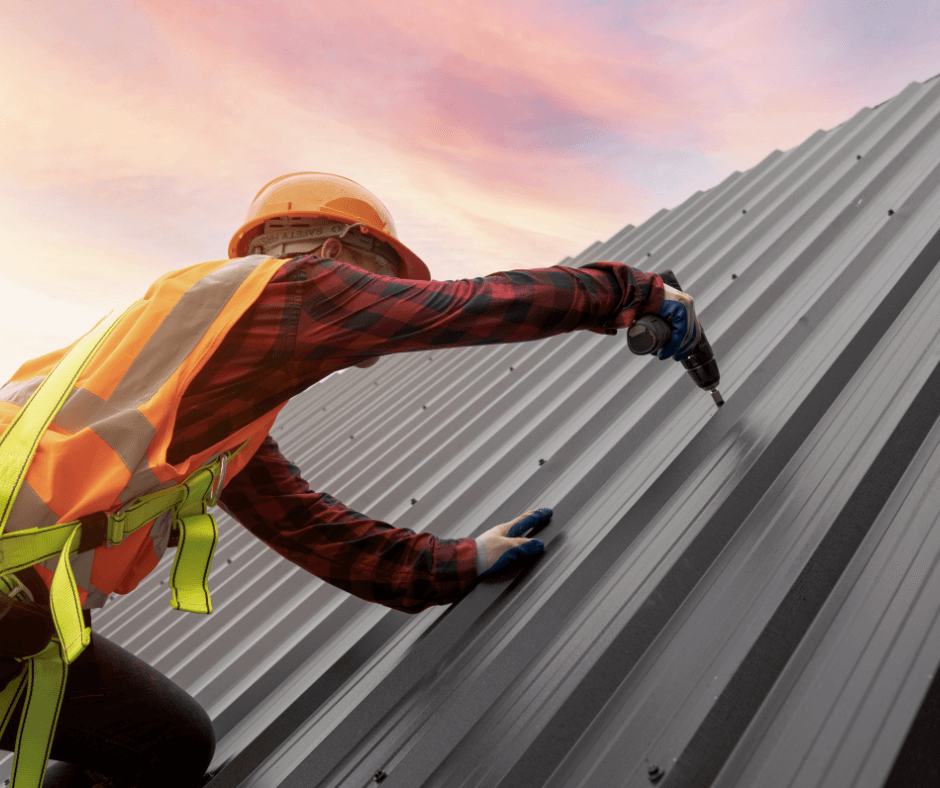The correlation between roof installation and energy efficiency is a topic that is gaining considerable attention in recent times. As we become more cognizant of our environmental footprint and the rising cost of energy bills, the importance of installing roofs that contribute to energy efficiency cannot be overstated.
This involves a comprehensive understanding of various aspects such as the selection of the right materials, the impact of color and reflectivity, proper insulation, and ventilation, among others. These factors combined can significantly influence the energy consumption of a building, leading to substantial cost savings in the long run.
We invite you to explore this essential topic further and discover what makes a roof energy-efficient, how it can be achieved, and the role of proper installation in this context.
Understanding Energy Efficient Roofing
Delving into the concept of energy-efficient roofing, it’s crucial to comprehend that it primarily focuses on minimizing heat absorption and maximizing thermal reflection, thereby contributing significantly to overall home energy efficiency.
This type of roofing uses materials designed to reflect more sunlight and absorb less heat, reducing the need for air conditioning and lowering energy bills. It includes an array of options like cool roofs, green roofs, and solar roofs, each with distinctive features and benefits.
Effective Roof Installation Techniques
Implementing effective roof installation techniques is paramount in maximizing the potential of energy-efficient roofing materials and ensuring optimal home energy performance. With the right approach, homeowners can anticipate significant savings on energy bills.
The following four techniques are recommended:
1. Proper Insulation: Adequate insulation minimizes heat loss, contributing to energy efficiency.
2. Correct Ventilation: Appropriate ventilation prevents moisture buildup and enhances temperature regulation.
3. Optimal Material Selection: Selecting roofing materials with high solar reflectance can reduce cooling costs in warmer climates.
4. Precise Installation: A well-executed installation ensures the longevity and efficacy of the roof, reducing the need for costly repairs.
READ MORE:
How to Hire the Right Roof Installation Contractor: Key Questions to Ask


